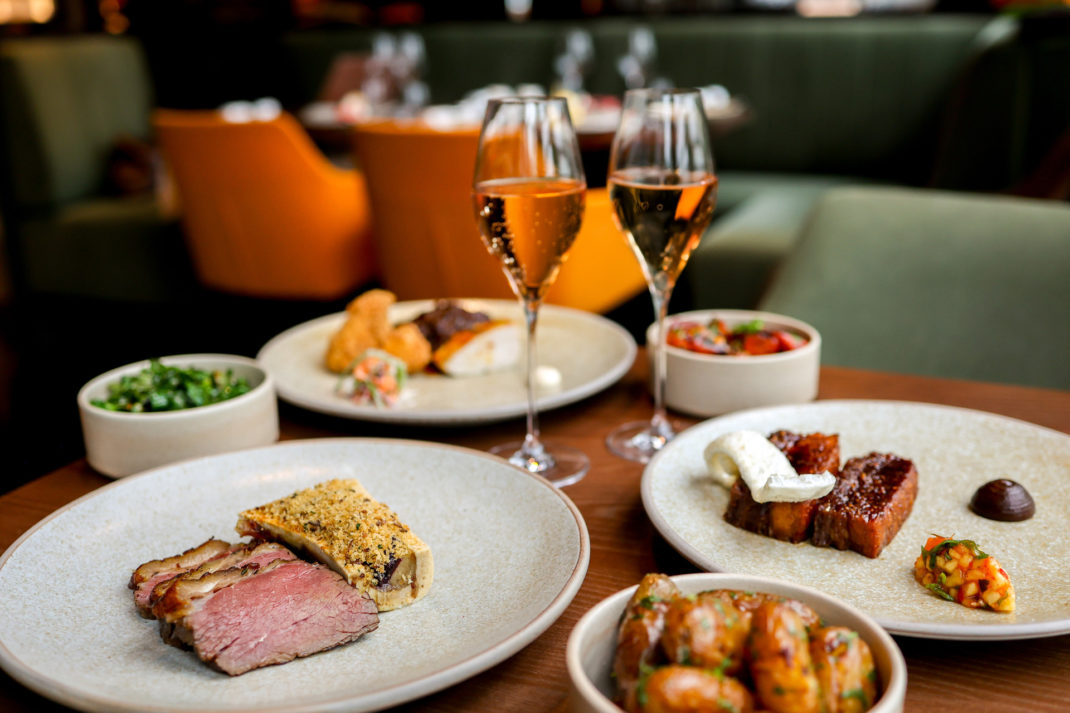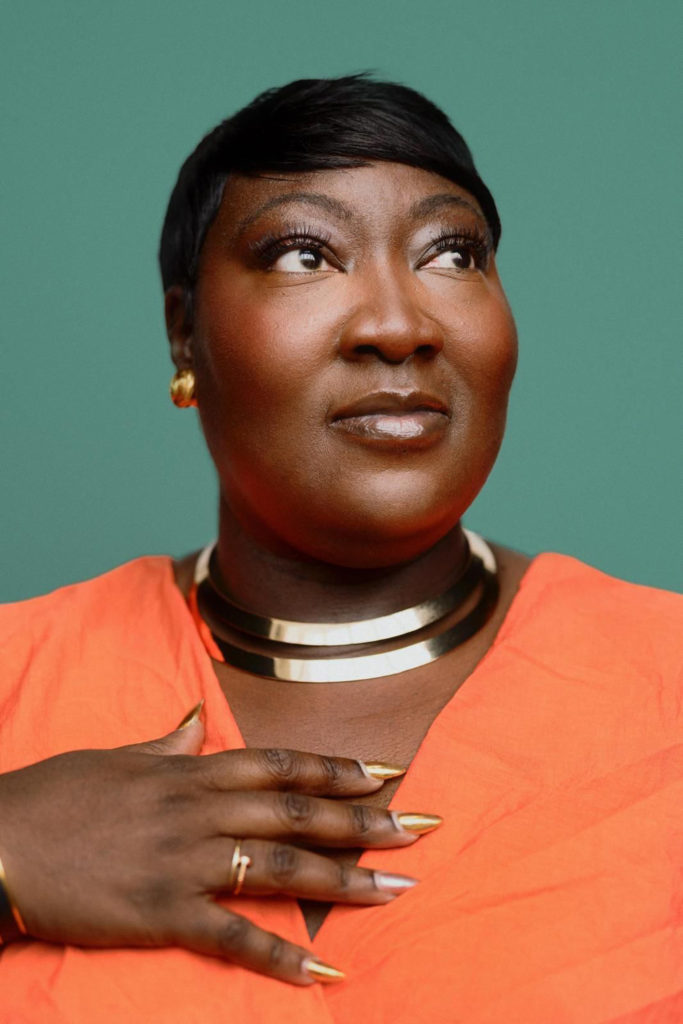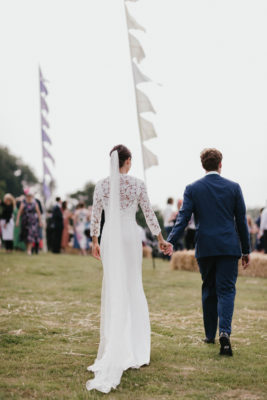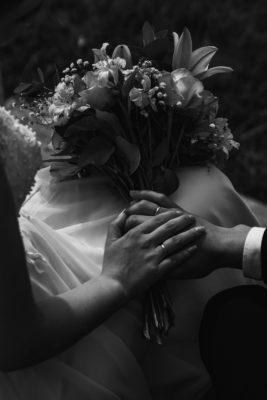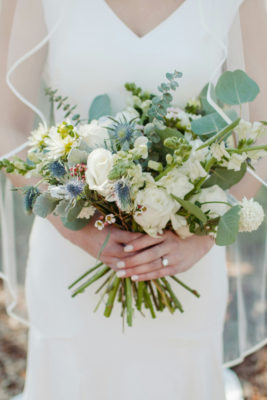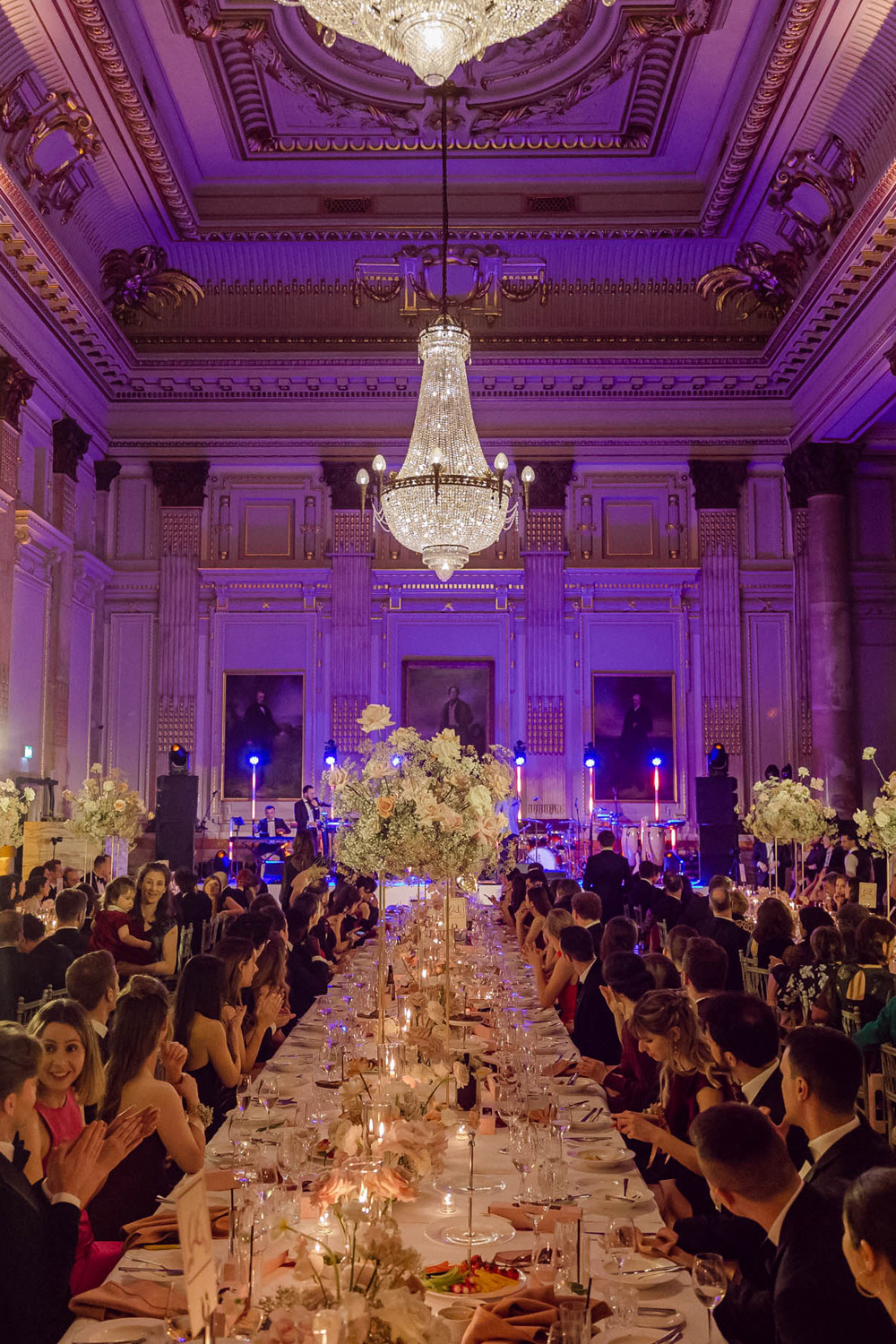
Wedding Etiquette: The Dos and Don’ts Of Your Big Day Decoded
By
8 months ago
Who to invite, when to invite them, and plenty more
Planning your big day is notoriously overwhelming – and a large part of this is the seemingly endless list of rules and wedding etiquette. So how do we go about decoding this rulebook? We asked founder and creative director of luxury events company Sauveur, Matthew Shaw, for his input.
‘There are numerous traditions and customs in all wedding cultures, some which still have their place today and others which we have moved on from,’ Matthew says. ‘At Sauveur, we are fiercely people-focused and always encourage couples to do something different and ensure their day feels uniquely theirs. This often involves going against the grain and following your own rulebook.’
Of course, conscientious rebellion is not always possible, and some headaches are unavoidable. We tapped Matthew’s brains for all the wedding dos and don’ts to ease you through the planning process.
Wedding Etiquette: What, When & How To Do It
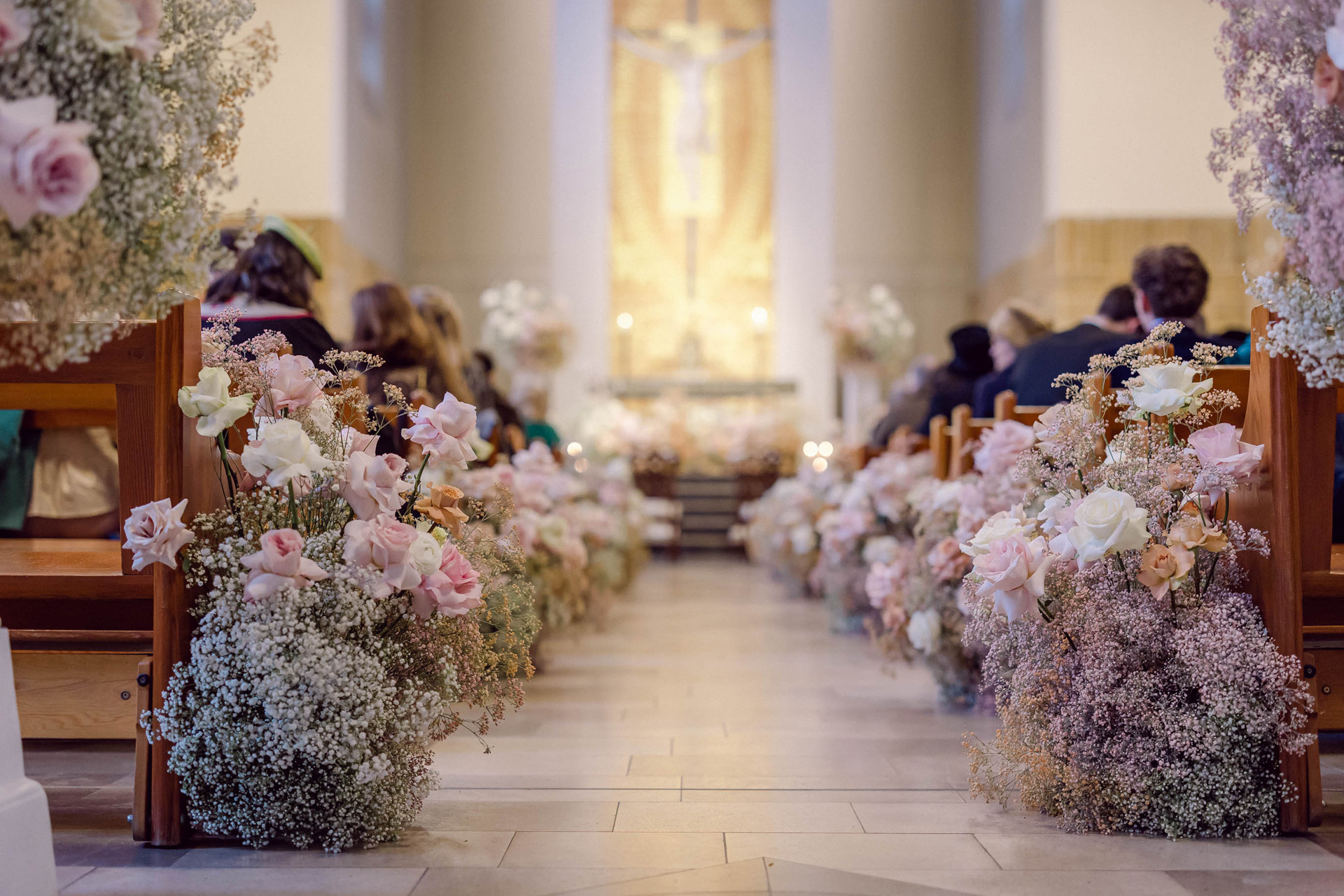
A wedding arranged by Sauveur. (© Bizzy Arnott)
The Guest List
Congratulations, you’re engaged! What do you need to do first? Well, it’s time to get cut-throat and decide: who’s in, and who’s out?
‘The wedding guest list can be a source of great stress,’ says Matthew. ‘Trying to keep numbers down whilst ensuring no one is left out can be a challenge! This can be further complicated if you have parents who are contributing to the budget and may expect to have a say. This must be discussed early on so expectations are set.
‘When it comes to inviting friends’ partners who you are not close to, yes, you do need to invite them if they are in a long-term relationship, living together, or engaged,’ Matthew recommends. ‘You should also consider plus ones for guests who may not know anyone there. If you are wavering over an invite, then my hard-and-fast rule is invite forwards, not backwards. If you think you’ll still be friends with someone in five years then you should invite and if not, then maybe reconsider.
Is It Bad Etiquette To Have A ‘No Kids’ Wedding?
‘If you don’t want kids at your wedding that’s absolutely fine, it’s your day!’ Matthew says. ‘But there are three etiquette points to consider here to maintain good wedding etiquette.
‘Firstly, you must make this crystal clear on the invitation,’ Matthew says. ‘Then you also need to understand that some friends may not attend if they have childcare issues. Finally, you need to stick to the rule and not make exceptions! It would be frustrating to have arranged a babysitter only to arrive and see another child running around the wedding…’
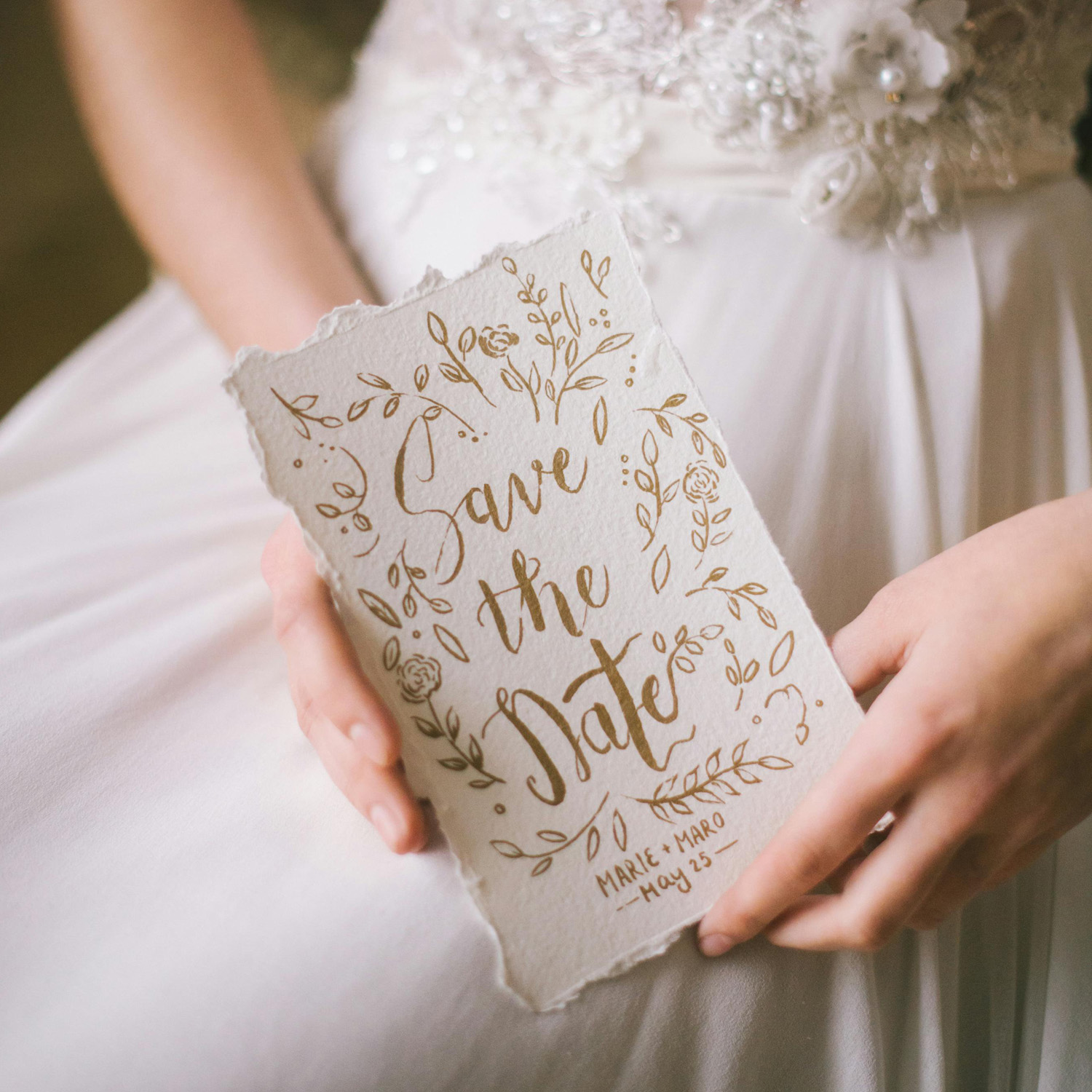
Save The Date
‘Your save the date will likely be the first time you communicate your wedding to your guests,’ Matthew says. ‘These should be sent out between six and 12 months before your wedding, and this will depend on when you have that information ready.
‘Do not drip feed!’ Matthew warns. ‘It’s always better to hold off and share as much as possible in one go. Remember, if your celebrations are taking place over a number of days, include all of them on the save the date card.’
When Should I Send Out Wedding Invitations?
‘When you need to send this will depend on the amount of information you need to share with your guests,’ Matthew says. ‘Tradition states that invitations should be sent out six to eight weeks before your wedding, but our lives have changed as have our calendars. People are increasingly busy and you want to ensure your guests are informed in good time.
‘I usually suggest three to four months in advance, unless you are having a destination wedding when you may want to do this sooner or consider the website approach,’ Matthew says. ‘My advice to couples is to consider a website only if you have enough helpful information to include on it. There is a tendency to include lots of photos and information on the couple which I would argue is not necessary.
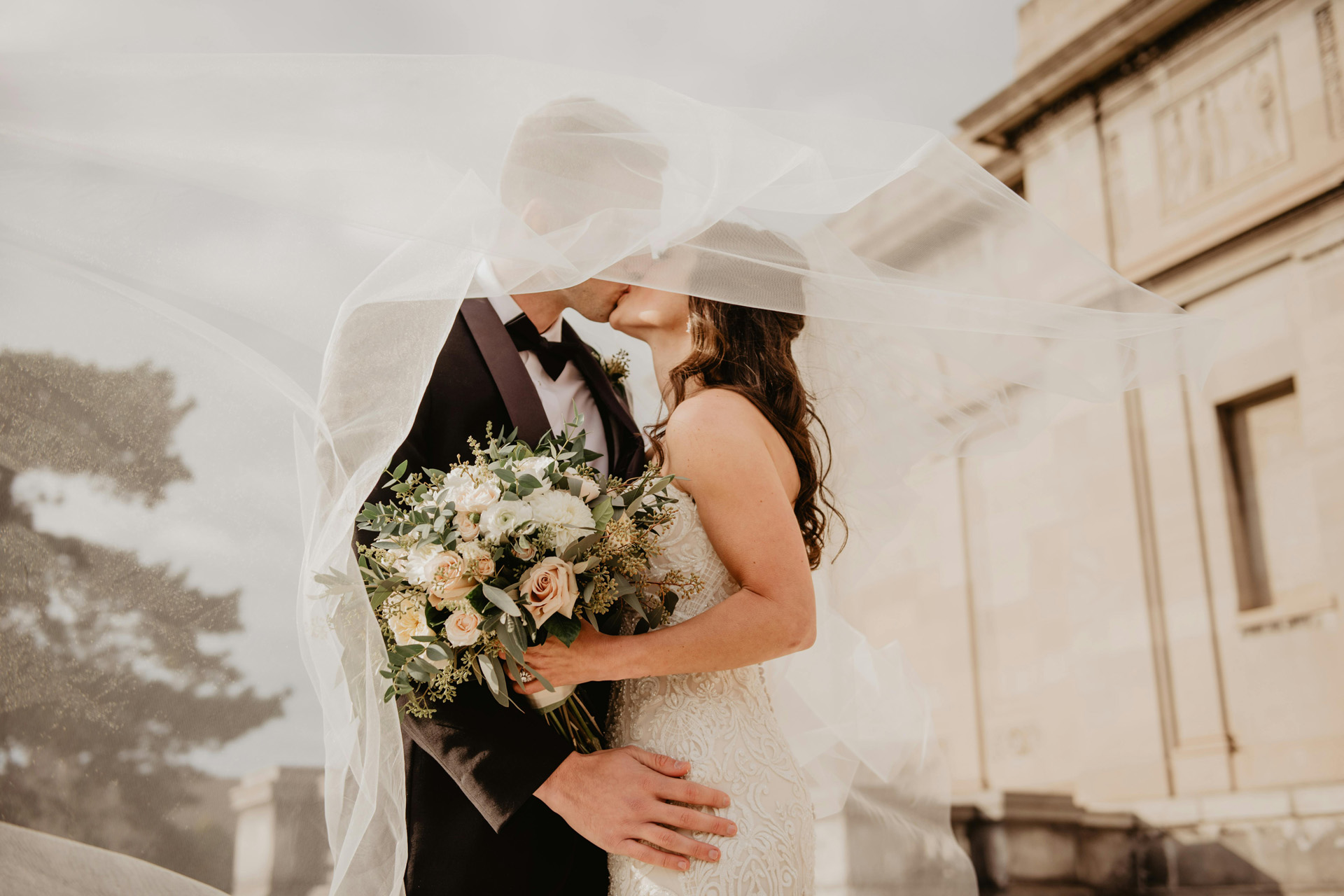
Keep Your Guests In The Know
‘The most important thing to do is to think through all the information your guests will need to know from their point of view and align your invitations to that,’ Matthew suggests. ‘Aside from being a beautiful first look at your wedding, your invitations are devices to keep your guests informed! What you need to tell your guests will depend entirely on your wedding plans. The basics include dress code, request for dietaries and timings, but this may also need to include accommodation, parking and venue access.
‘I would always go down the too much approach as opposed to too little,’ Matthew says. ‘Guests can always ignore information if they don’t need it, but if they don’t have it in the first place, they will always end up asking you. Helpful information can be included on a card or letter to accompany the invitation. If your guests have all the information they need to plan, they will relax and this will, in turn, ensure you receive fewer questions when you are focusing on the planning!
‘Another approach we use a lot at Sauveur is a digital letter that includes everything a guest may need to know, and to respond with this when they confirm attendance,’ Matthew says. ‘“RSVP for more information” is also a clever way of ensuring your guests respond in good time!’
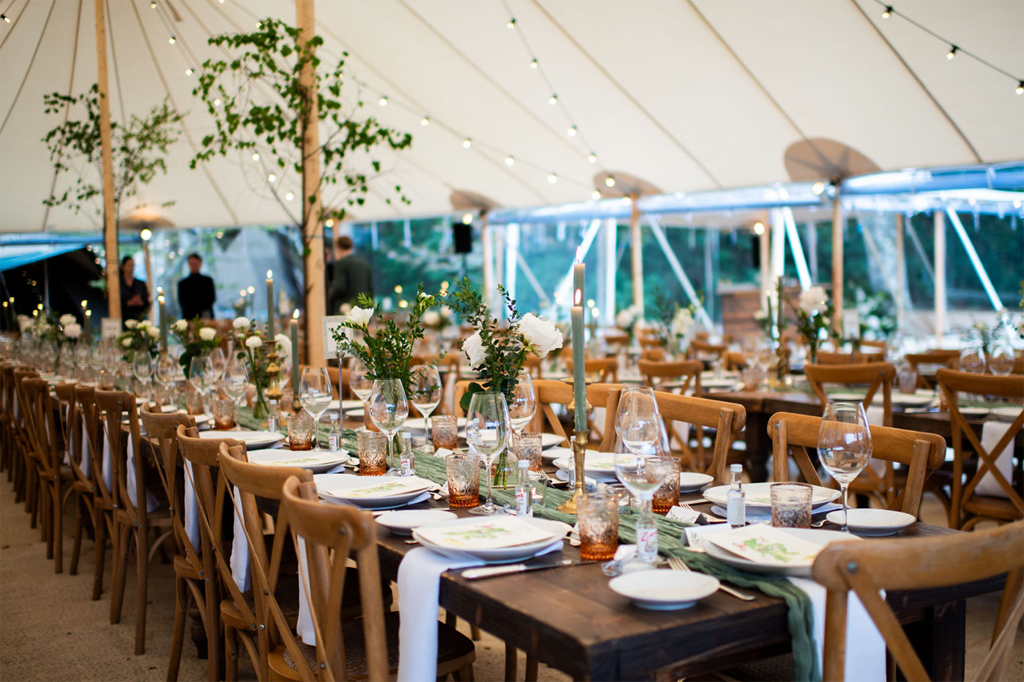
A wedding arranged by Sauveur
Seating Plan Wedding Etiquette
‘Compiling your wedding seating plan and keeping everyone happy is famed for being one of the trickiest elements of wedding planning,’ Matthew says. ‘Everyone’s guest list has its own quirks and considerations which can be hard to navigate. Before going into the details, I cannot stress enough that this should be started early! Give yourselves time to do a few different versions and time to adjust to accommodate last minute changes.’
Do You Have To Have A Top Table?
‘The first big question to ask when planning seats is whether to go down the top table route,’ Matthew says. ‘Traditionally, a wedding top table has a rigid setup which goes, left to right: maid of honour, groom’s father, bride’s mother, groom, bride, bride’s father, groom’s mother, best man.
‘While this can be an elegant and quick solution for many, it is also very important to consider the many different family, couple or wedding party formats people can have,’ Matthew recommends. ‘These days, most families do not fit this rigid mould, which can allow you to play around with your seating plan and top table. The thought of sitting looking out over the room can also be a turn off for some. Do not force yourself into any format because it is the “done thing”. Approach this from what works for you and your guest list. A first step is to consider whether you would like a top table, in a traditional or adjusted format, or whether you want to go down a completely different route.’
Tradition Vs. Modernity
‘Whether you opt for a top table or not, you are still left with the consideration of who sits near the bride and groom, which will always give an element of “being at the top”,’ Matthew says. ‘Look at your guest list and see if you would like to keep it in the family, or maybe stick to your wedding party of bridesmaids and groomsmen. Maybe you have a best friend separate from your other groups who has travelled a long way and should be hosted with the couple.
‘It is important to remember that you will likely spend a lot of dinner circulating, so you want to ensure those left at the table can hold their own and entertain each other,’ Matthew says. ‘I often find it can be very successful to give parents on each side their own tables to host. This often ensures that they, and their guests, are happy, and that will also give you more freedom to play around with your top table seating.’
The Overall Experience
‘Your top table should always be considered in the wider context of your overall seating plan,’ Matthew says. ‘Whether you have decided on rounds or long tables will have an impact here. Both have their pros and cons, although I confess to being a fan of long tables as they feel more convivial and inclusive. I always recommend that our couples colour-code their guest list (family, friends, colleagues – whatever works!) and use this to spread people out around the room. It’s great to mix people up, but always ensure they have an ally or connections around them.
‘Do not feel obliged to sit couples next to each other!’ Matthew adds. ‘I also always suggest that you have your “quieter” tables in the middle of the room and your potentially rowdier tables towards the edge. The energy will then fill the room instead of simmering out.’
‘The list does go on, but your guiding light with wedding etiquette should always be guest experience,’ Matthew recommends. ‘Make sure they are informed, comfortable, and catered for, and everyone will leave with the greatest memories.’
Matthew Shaw is founder & creative director of Sauveur.

